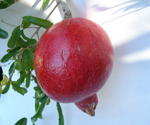 |
Pomegranate(Punica granatum) |
| Pomegranates prefer a semi-arid mild-temperate to subtropical climate and are naturally adapted to regions with cool winters and hot summers. |
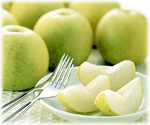 |
TOTTORI 20th CENTURY PEARS |
| More than 100 years ago in Japan, a unique variety of Asian pear was discovered growing wild. The original tree still lives today, and its offspring are nurtured by hand in a tradition that spans the centuries. |
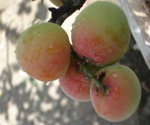 |
Prunus Mume |
| Prunus mume, with the common names including Chinese plum and Japanese apricot, is an Asian tree species classified in the Armeniaca section of the genus Prunus. The flower, long a beloved subject in the traditional painting of East Asia, is usually translated as plum blossom. |
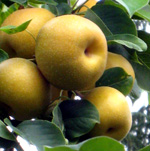 |
|
| Pyrus pyrifolia is a pear tree species native to China, Japan, and Korea. The tree's edible fruit is known by many names, including: Asian pear.Chinese pear. Korean pear, Japanese pear. |
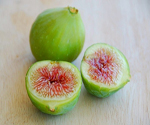 |
FIG (Ficus carica L) |
| The fig is a picturesque deciduous tree.Their branches are muscular and twisting, spreading wider than they are tall. Fig wood is weak and decays rapidly. The trunk often bears large nodal tumors, where branches have been shed or removed. The twigs are terete and pithy rather than woody. |
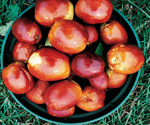 |
|
| The jujube is a small, deciduous tree. The naturally drooping tree is graceful,ornamental and often thorny with branches growing in a zig-zag pattern. The wood is very hard and strong.Jujube cultivars vary in size and conformation, with some being very narrow in habit and others being more widespread. |
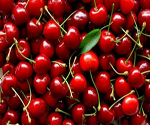 |
Sweet Cherry |
| The cherry is the fruit of many plants of the genus Prunus, and is a fleshy stone fruit. The cherry fruits of commerce are usually obtained from a limited number of species, including especially cultivars of the wild cherry, Prunus avium. |
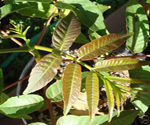 |
Toona Sinensis |
| The young leaves of T. sinensis . are extensively used as a vegetable in China; they have an onion-like flavour. The fruit, bark, and roots are used in traditional Chinese medicine for a wide variety of conditions. Plants with red young leaves are considered of better flavour than those where the young leaves are green. |
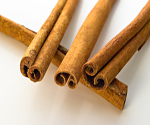 |
Cinnamomum Aromaticum |
| Cinnamomum aromaticum is a close relative to Ceylon cinnamon .Whole branches and small trees are harvested for cassia bark, unlike the small shoots used in the production of cinnamon; this gives cassia bark a much thicker and rougher texture than that of true cinnamon. |
| |
| |

